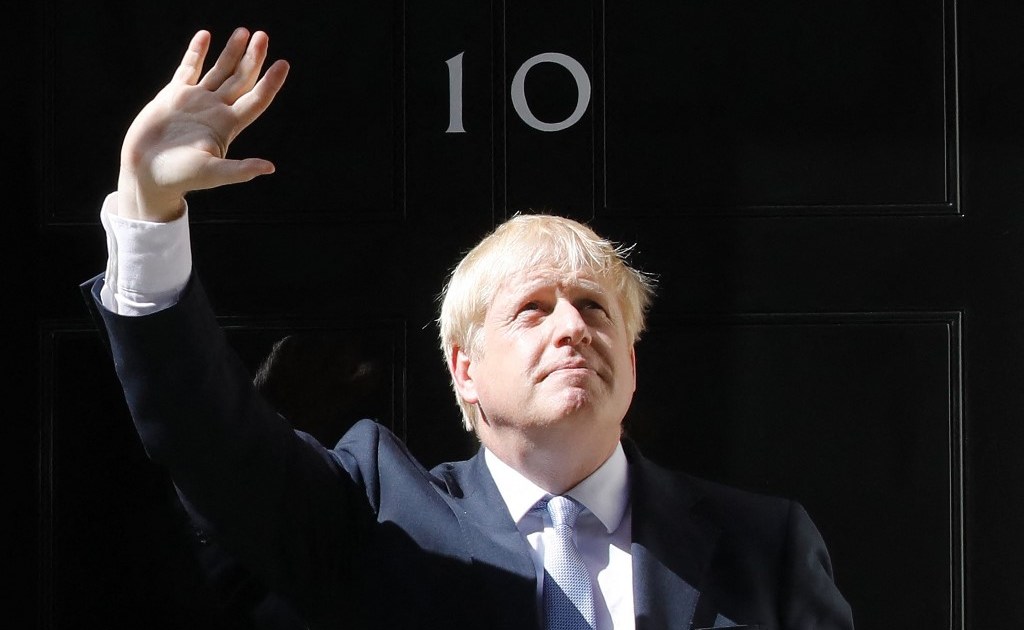What’s in the bipartisan US gun control proposal? And what isn’t? | Gun Violence News
Following a spate of shooting massacres, a group of senators in the United States has reached a deal on a framework for gun control legislation that could be the most significant passed on the federal level in decades.
The group, which includes 10 Republicans, has the 60-vote super-majority needed to assure the yet-to-be drafted bill would be immune from being blocked in the Senate. Barring any major changes, the potential legislation would likely easily pass in the Democrat-majority House of Representatives and head to President Joe Biden’s desk to be signed into law.
However, the agreement, which followed days of negotiation in the wake of the latest mass shootings in the US, fell short of many of the wider measures called for by gun control advocates and Biden, which include a ban on assault weapons and universal background checks.
Still, gun control groups have said the plan would be an important first step in a country that has not seen any major gun control measures passed in decades, despite a continually high rate of gun violence that has included 266 mass shootings in 2022 alone, according to the Gun Violence Archive.
Here is what was included and what was excluded from the proposed plan.
What is in?
Support for ‘red flag’ laws
Among the marquee measures included in the plan would be resources for states and tribes to “create and administer” so-called “red flag” laws, also known as “extreme risk” laws, which allow family members and law enforcement to petition a court to temporarily prevent an individual deemed to be “a significant danger to themselves or others” to access a gun.
Such laws have exploded in states across the US since 2018, when a 19-year-old man killed 17 people with a semiautomatic rifle at Stoneman Douglas High School in Parkland, Florida. In the wake of the shooting, 14 states passed “red flag” legislation, adding to five that already had the laws on the books, according to Everytown for Gun Safety, a group that advocates for gun control.
However, the measure agreed to by legislators falls short of implementing a national “red flag” law and while it would encourage the passage of such laws in state legislatures, it does not address states that refuse to pass the legislation.
Enhanced review for below-21 gun buyers
The plan would require an “investigative period to review juvenile and mental health records, including checks with state databases and local law enforcement” for gun buyers below the age of 21 years.
The move is an apparent compromise amid calls to raise the federal age to buy a semiautomatic rifle – the weapon of choice in several high-profile mass shootings – from 18 to 21. The attackers in recent massacres in Parkland, Florida, Buffalo, New York, and Uvalde, Texas had all bought guns before they turned 21, which is the legal drinking age in the US.
Closing so-called ‘boyfriend loophole’
The plan would close a current gap in federal US law that prohibits domestic abusers from having a gun, but only applies to people who have been married to, resided with or have a child with the victim.
The plan would extend the definition to include “those who have or have had a continuing relationship of a romantic or intimate nature”, closing what has become known as the “boyfriend loophole”.
Penalties for ‘Straw Purchases’ and licence evaders
The plan would crack down on people who buy a gun for someone who is not legally allowed to own one, people who traffic guns, or dealers who illegally evade licensing requirements.
Expanding mental health, school safety funding
The plan would expand support for community mental health, suicide prevention and crisis intervention. It would also expand support for mental health services in schools and school safety training.
What is not included?
Assault weapons ban
During an impassioned speech in early June, President Biden called on legislators to pass a new federal ban on assault weapons, which have been regularly used in prominent mass shooting incidents.
Such a measure, which prohibited the manufacture, transfer and possession of semiautomatic assault weapons and the transfer and possession of large-capacity ammunition feeding devices, had been signed into law in 1994, but expired 10 years later.
The measure is widely opposed by Republicans. Currently, just seven states and the District of Columbia have bans on assault weapons.
Increased age requirement
The proposal would not raise the age for buying a semiautomatic rifle from 18 to 21 nationwide. Federal law currently prohibits anyone younger than 21 from legally buying a handgun.
Expansion of background checks
The proposal does not include a measure pushed for by gun control advocates that extends the length a gun dealer must wait to receive the results of a federal background check from three days to 10 days. Under the current loophole, a gun sale can proceed if a federally required background check takes longer than three days. The policy allowed a man, who was legally prohibited from having a firearm, to buy the gun he used to fatally shoot nine people at a historically Black church in Charleston, South Carolina, in 2015.
The plan also does not close a loophole in federal law that allows some gun sales made over the internet and at gun shows to not require a background check.





Pingback: vigrx
Pingback: slaappillen apotheek
Pingback: ข่าวบอล
Pingback: he has a good point